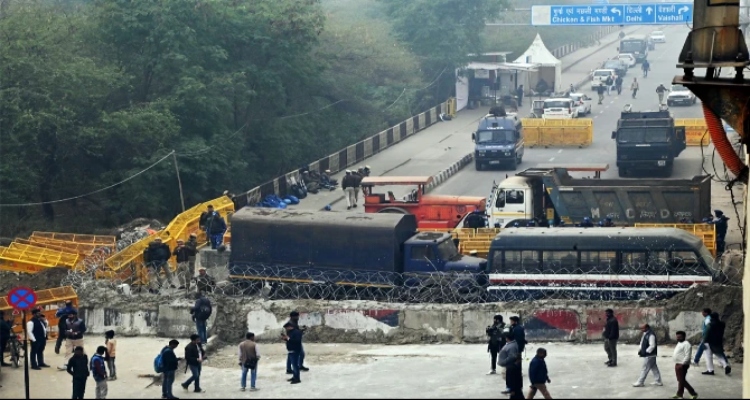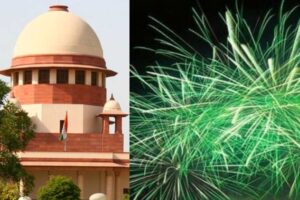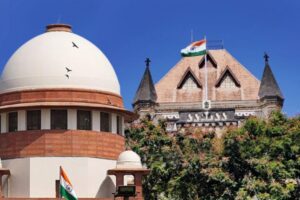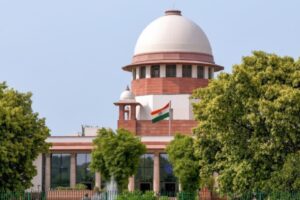
The Supreme Court will hear the Haryana government’s plea on July 22 challenging a high court order that directed the removal of barricades at the Shambhu border near Ambala, where farmers have been protesting since February 13.
A bench comprising Justices Surya Kant and Ujjal Bhuyan agreed to list the matter for July 22 after senior additional advocate general Lokesh Sinhal, representing the Haryana government, emphasized the need for urgent consideration.
The appeal, filed through advocate Akshay Amritanshu, contests the July 10 order of the high court. The appeal is focused on the direction for Haryana to open the Shambhu border within a week on an experimental basis to alleviate public inconvenience.
The Haryana government had installed the barricades on the Ambala-New Delhi national highway following announcements by the Samyukta Kisan Morcha (Non-Political) and the Kisan Mazdoor Morcha that farmers would march to Delhi to support demands, including a legal guarantee for minimum support price (MSP) for crops.
The plea states, “It is humbly submitted that although the petitioner is concerned about any inconvenience caused to the general public, this SLP has been filed on an urgent basis…”
The state government argues that the high court did not address its affidavit, which specifically requested that the barricades remain in place until the farmers moved their protest off the National Highway. The affidavit highlighted potential risks, including tension, obstruction, sabotage of property, injury to personnel, and disturbances to public peace and order in Haryana and Punjab due to the agitators.
Despite these concerns and the request to relocate the protestors, the high court directed the opening of the Shambhu Border on an “experimental basis” without issuing orders regarding the agitators.
The Haryana government contends that law and order are state responsibilities under the Constitution, and it is up to the state to assess ground realities, threat perceptions, and the likelihood of breaches of peace. The government also noted that the high court’s order acknowledged that 400-500 trolleys and 50-60 other vehicles, with around 500 agitators, are still at the Shambhu Border. However, no directions were given to these “illegally agitating groups” to vacate the highway or cease creating law and order issues.
On July 12, while addressing a related matter, the Supreme Court questioned the Haryana government’s authority to block the highway. The court said, “How can a state block a highway? It has a duty to regulate traffic. We are saying open it but regulate.”
The observations were made during a hearing related to a March 7 Punjab and Haryana High Court decision to form a committee led by a former high court judge to investigate the death of a farmer during a clash between protesting farmers and Haryana security personnel in February. The incident occurred when farmers, attempting to reach the barricades, were stopped by security forces from marching to Delhi.




